Whether you are vegan, lactose-intolerant, or cooking for someone who is, standing before the non-dairy milk shelf in the grocery store can be daunting. Instead of playing it safe with the two most common milk alternatives—soy and almond—perhaps you should explore a few other choices that tend to be overlooked.
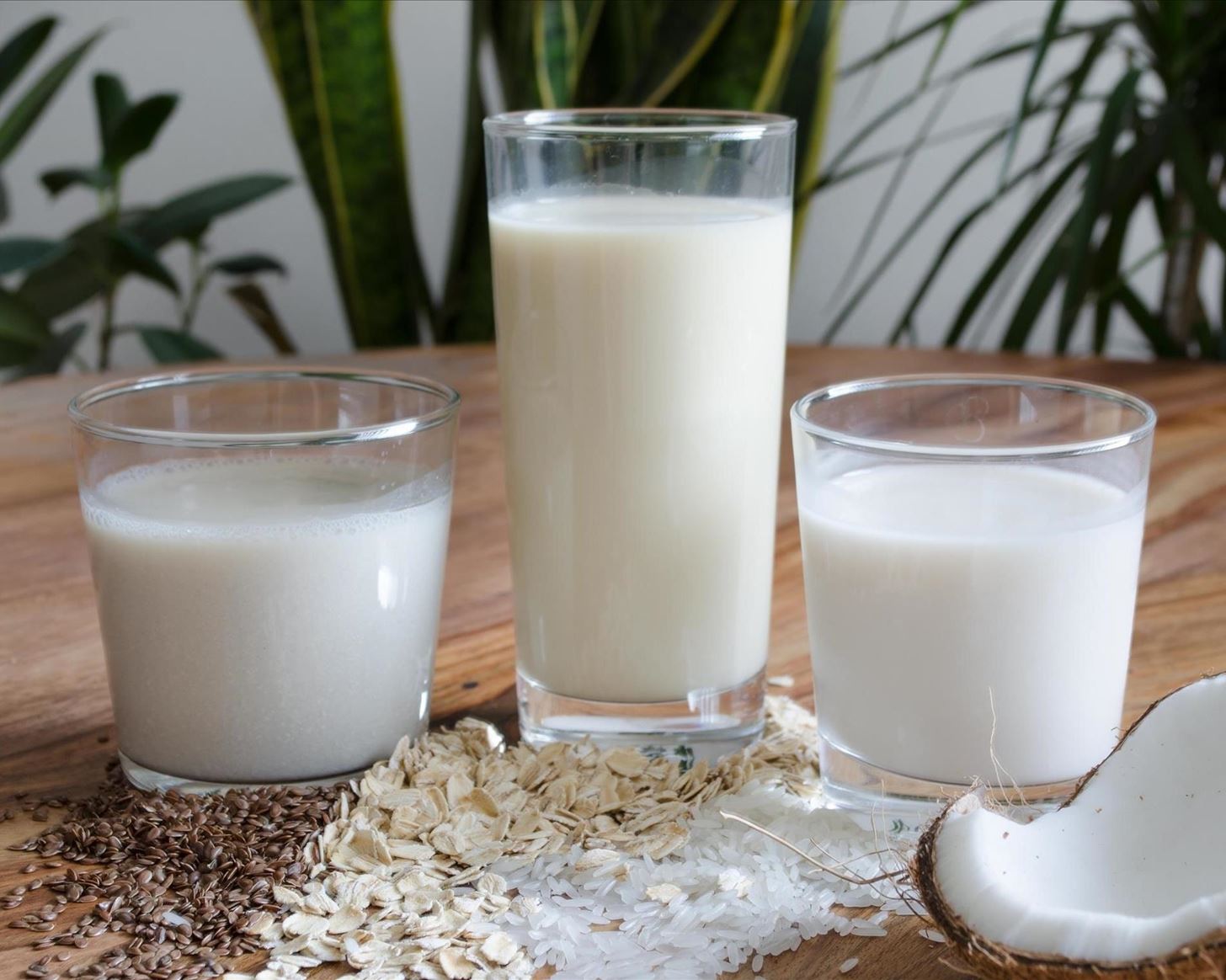
Soy and almond milk are excellent cow's milk alternatives as far as flavor, texture, and versatility goes; however, soy milk may be dangerous to our health, and the mass production of almonds for almond milk is progressively unsustainable.
There are so many other non-dairy choices that should receive recognition for not only being tasty on their own, but also functional in a recipe and nutritional to our bodies. In this article, I'll be covering 5 of my personal favorites.
1. Flax Milk
- Taste & Texture: The flavor of flax milk is similar to the mellow nuttiness and saltiness of almond and soy milk. It has a thin, but smooth texture.
- Nutritionally Speaking: Flax milk contains omega-3 and omega-6 fatty acids, but does not contain fiber nor protein. To make up for this, manufacturers may add protein to the milk.
- Best Use: This milk works as an excellent substitute in any baked good due to its lighter texture. Flax milk may also be poured over cereal, smoothies, coffee, or sipped straight out of the glass. Almond and soy milk aside, flax milk is the most versatile non-dairy milk alternative.
2. Hemp Milk
- Taste & Texture: Hemp milk has a strong malty flavor and a thin to moderately creamy texture.
- Nutritionally Speaking: Hemp milk is low in saturated fat, supplies a sufficient amount of B vitamins and D vitamins, and is an excellent source of calcium. Additionally, it contains the most protein of all non-dairy milk rivals.
- Best Use: Due to its strong taste, hemp milk is best suited for savory dishes like casseroles. It is also a good choice for baking, as its lighter texture produces light and fluffy baked goods as well as pancakes. Additionally, it is good for making hot beverages like hot chocolate or chai, but can be bitter when paired with coffee.
3. Coconut Milk
- Taste & Texture: Coconut milk inevitably tastes strongly of coconut with a rich and creamy texture. It is important to note that coconut milk beverages are very different than canned coconut milk.
- Nutritionally Speaking: Coconut milk is high in healthy saturated fats (HDL cholesterol) and does not contain any protein. It is common for manufacturers to fortify coconut milk with calcium, vitamins, and minerals to make it nutritionally comparable to cow's milk.
- Best Use: While the coconut flavor remains in recipes, it can be somewhat masked by other ingredients and is good for heavier baked recipes such as a scones and biscuits. Its creamy texture makes it a great addition to milk-based popsicles, soups, and sauces, as well as curries. It is also a nice addition to coffee, tea, and hot or cold cereal, but be mindful of that lingering coconut flavor.

- Don't Miss: 9 Ways to Hack Your Life with Coconut Oil
4. Oat Milk
- Taste & Texture: Oat milk is heavier, creamy, and naturally sweet. It has a mild flavor with a slightly powdery aftertaste.
- Nutritionally Speaking: Oat milk contains a full serving of whole grains and is low in saturated fat. Manufacturers will add calcium and vitamin D to most oat milks.
- Best Use: Due to its heaviness, oat milk is not recommended for baking. However, it works as a good addition to cereal, smoothies, and savory dishes with a cream sauce such as curries, thick soups, and gravies.
5. Rice Milk
- Taste & Texture: Rice milk is known for having a water-like texture and sweet flavor, though not as sweet as oat milk.
- Nutritionally Speaking: Rice milk is naturally high in carbohydrates and low in calcium and protein. It is common for manufacturers to fortify rice milk with calcium, vitamins, and minerals to make it nutritionally comparable to cow's milk.
- Best Use: This milk is best used for making a roux when cooking thick sauces. Since it is has a watery texture similar to skim milk, it is best to avoid using it in baked recipes.

Overall, there are so many other milk choices besides cow's milk, soy milk, and almond milk that can be enjoyed by dairy and dairy-free drinkers alike. Trying out new milks will lead to a fun and flavorful experience that will make you wonder why you always purchased one milk when there were so many other varieties on the shelf.
More Substitution Hacks:
Just updated your iPhone? You'll find new emoji, enhanced security, podcast transcripts, Apple Cash virtual numbers, and other useful features. There are even new additions hidden within Safari. Find out what's new and changed on your iPhone with the iOS 17.4 update.
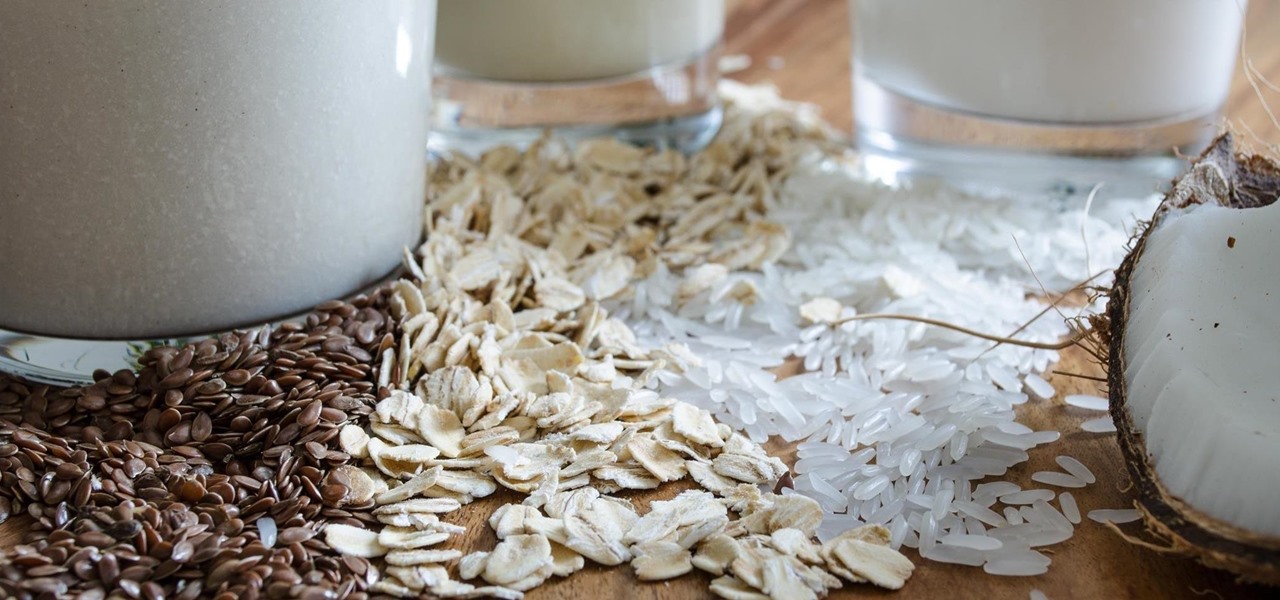






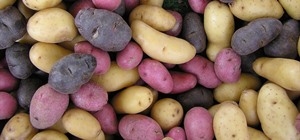
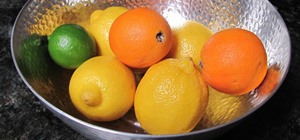
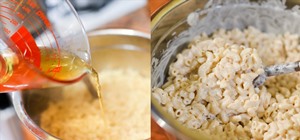











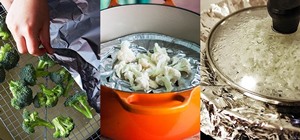

Be the First to Comment
Share Your Thoughts